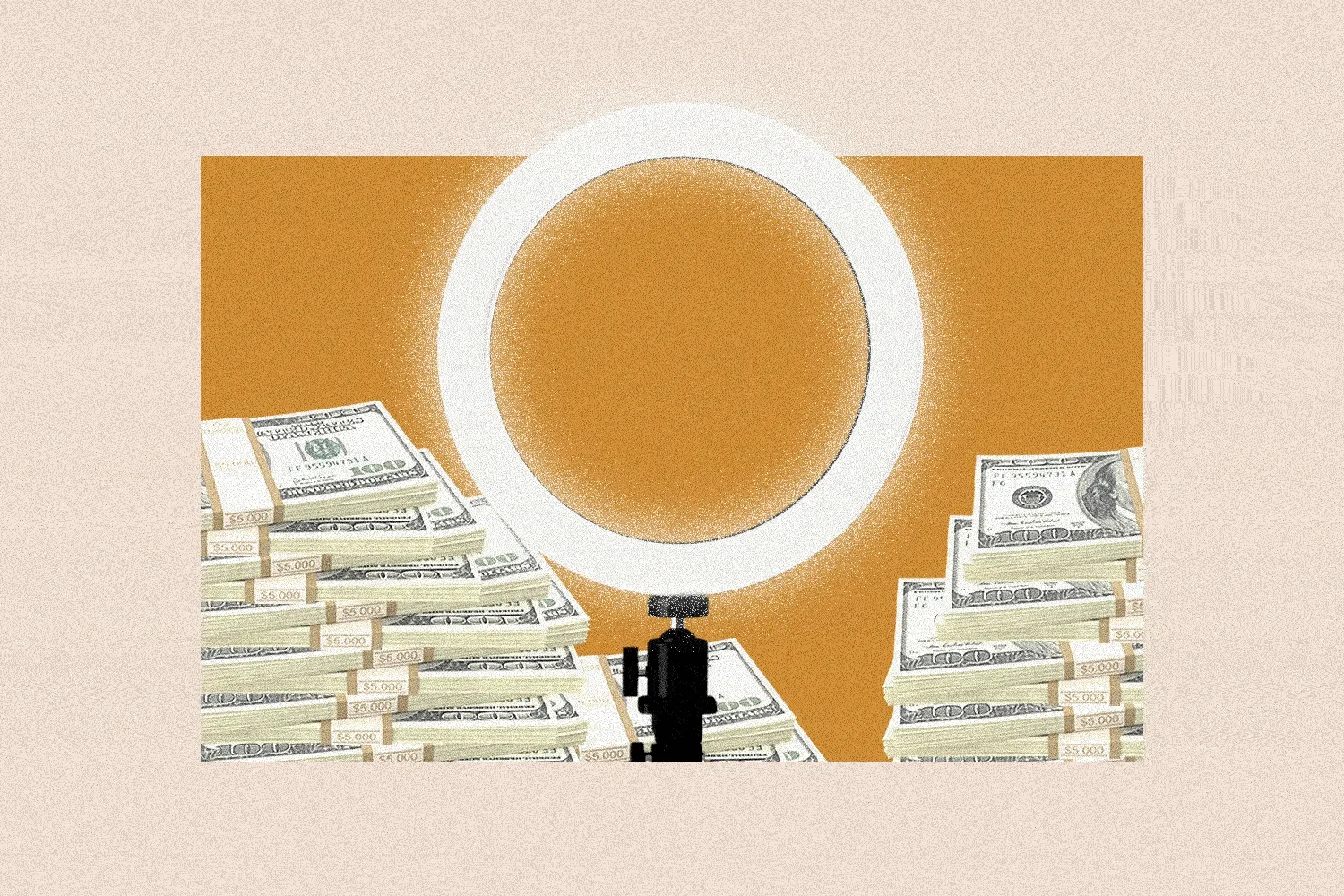In 2016, as people pored over references on Beyoncé’s Lemonade album, another mystery was at play: that of Lil Miquela.
After her debut on Instagram that year, she went viral. Fascinated by her human-like appearance, many wondered whether she was a marketing stunt, a real person, or something else entirely.
Finally, in 2018, the truth was revealed when her creators, Trevor McFedries and Sara DeCou of robotics and AI firm Brud, announced they were behind Lil Miquela. Since then, she has maintained her popularity as a virtual influencer, amassing over 2.5 million Instagram followers and collaborating with brands like Pacsun and Samsung.
“Miquela has millions of followers as part of her community, and her overall personality, where it fits with brands, can be really valuable in reaching others,” Ridhima Kahn, VP of partnerships at Dapper Labs, the blockchain company that acquired Brud in 2021, told us.
Lil Miquela was just the beginning of a trend that is gaining traction among marketers. Other virtual influencers have surfaced since her debut, like Noonoouri and Imma, who have approximately 400,000 Instagram followers each. Meanwhile, brands like Coinbase, fashion brand Maje, and Tiffany & Co. have partnered with virtual influencers over the past few years.
Brands are looking to partner with virtual influencers—or in some cases, create their own—but with the rapid development of technology that’s often involved in creating them, like AI, it’s a space that’s still being understood.
Still, according to Ansley Williams, Ogilvy’s head of influencer marketing for North America, the trend will only grow. “Virtual influencers are definitely becoming a bigger, wider space. As influencer marketers, we’re hearing a lot more about it,” she said.
Take over control
The ability to have more control over messaging could be why marketers are increasingly interested in virtual influencers. Plus, from a brand-safety perspective, virtual influencers are presumably less likely to create or become involved in the controversies that may come with their human counterparts (though they’re not completely immune).
“If you’re hiring a real influencer, there’s a risk that this person can construct a scandal,” Mao Lin Liao, founder and CEO at the agency Reblika, which has created virtual characters for brands like Balmain and Old Spice, said.
Earlier this year, the FTC said that virtual influencers are not to be treated differently than human ones when it comes to disclosing brand sponsorships.
Ogilvy in particular has been vocal about establishing standards when it comes to AI-generated virtual influencer content. While not all virtual influencers are generated by AI, Emily Poon, Ogilvy’s president of public relations in Asia, told us via email that “they do tend to be powered by AI or machine learning tech. What differentiates is the creativity and human intervention aspect from brands and teams managing the virtual influencers.”
This year, Ogilvy rolled out an initiative called the AI Accountability Act, which, if adopted by the industry, would require brands to “clearly disclose and publicly declare the use of any AI-generated Influencer content.” In the meantime, Ogilvy urges use of a watermark or the hashtag #PoweredbyAI to designate posts of this sort.
Get marketing news you'll actually want to read
Marketing Brew informs marketing pros of the latest on brand strategy, social media, and ad tech via our weekday newsletter, virtual events, marketing conferences, and digital guides.
Williams pointed to the AI-generated image of Pope Francis wearing a white puffer coat that made the rounds earlier this year, causing widespread confusion over its legitimacy. “Remember that deepfake? It took a couple of days for people to even realize that it wasn’t true. So I think it’s really important that you represent your brand authentically,” she said.
The DIY route
Another factor for brands to consider before considering virtual influencers is whether to create their own or partner with one that already exists, Williams said.
Creating one’s own virtual influencer allows a brand to “have a lot more control,” she explained. However, partnering with an existing influencer lets brands leverage their following and the niche they operate in, like Lil Miquela, who often partners with luxury brands.
Williams said Ogilvy built a virtual influencer, Lu from Magalu, for Brazilian retailer Magazine Luiza. Lu started as the in-store voice of the retailer’s commerce site in 2003 before Ogilvy turned her into an influencer who has gone on to amass more than 6 million followers on Instagram, as well as appear on the cover of Vogue Brasil and in music videos.
“As of 2022, she actually has more followers than Barbie, just because she was able to really, really represent the brand. They built her over time,” she said. “I think it’s interesting when brands create their own because then it creates this huge wide-space opportunity to get them everywhere in culture and earned media too.”
Reblika is rolling out Reblium, an online design studio that lets users create virtual influencers on their own. They can toggle with hair length, apply makeup, and integrate speech, among other capabilities.
“It’s kind of like The Sims,” Liao said.

